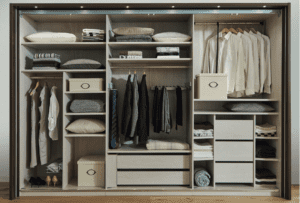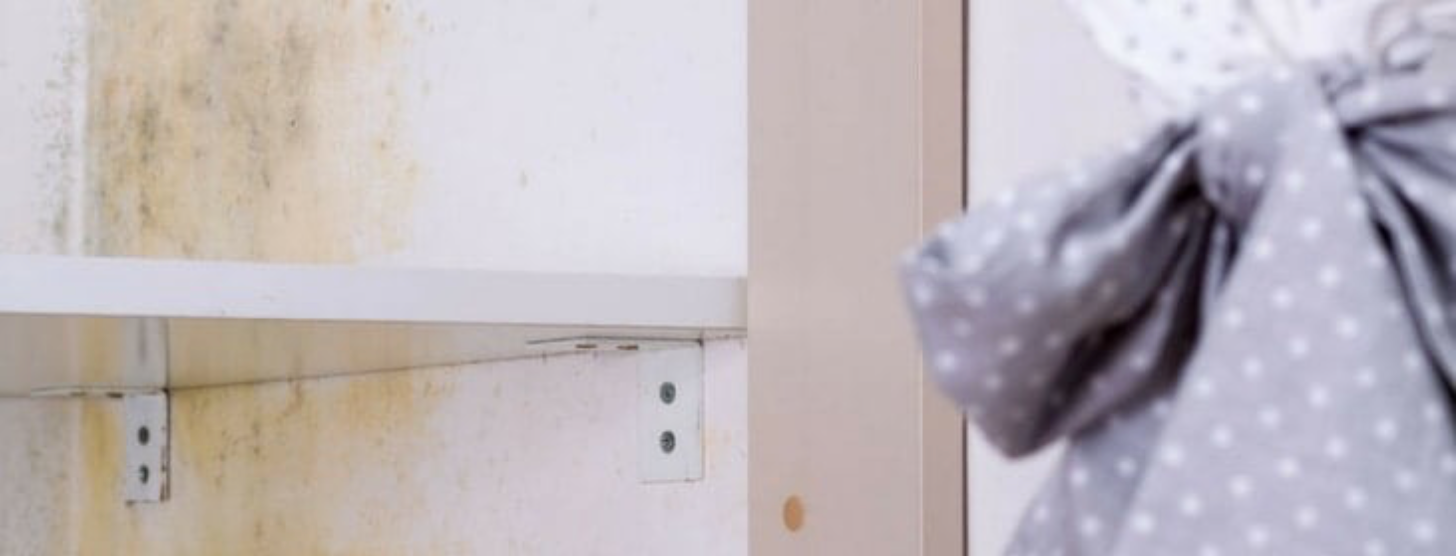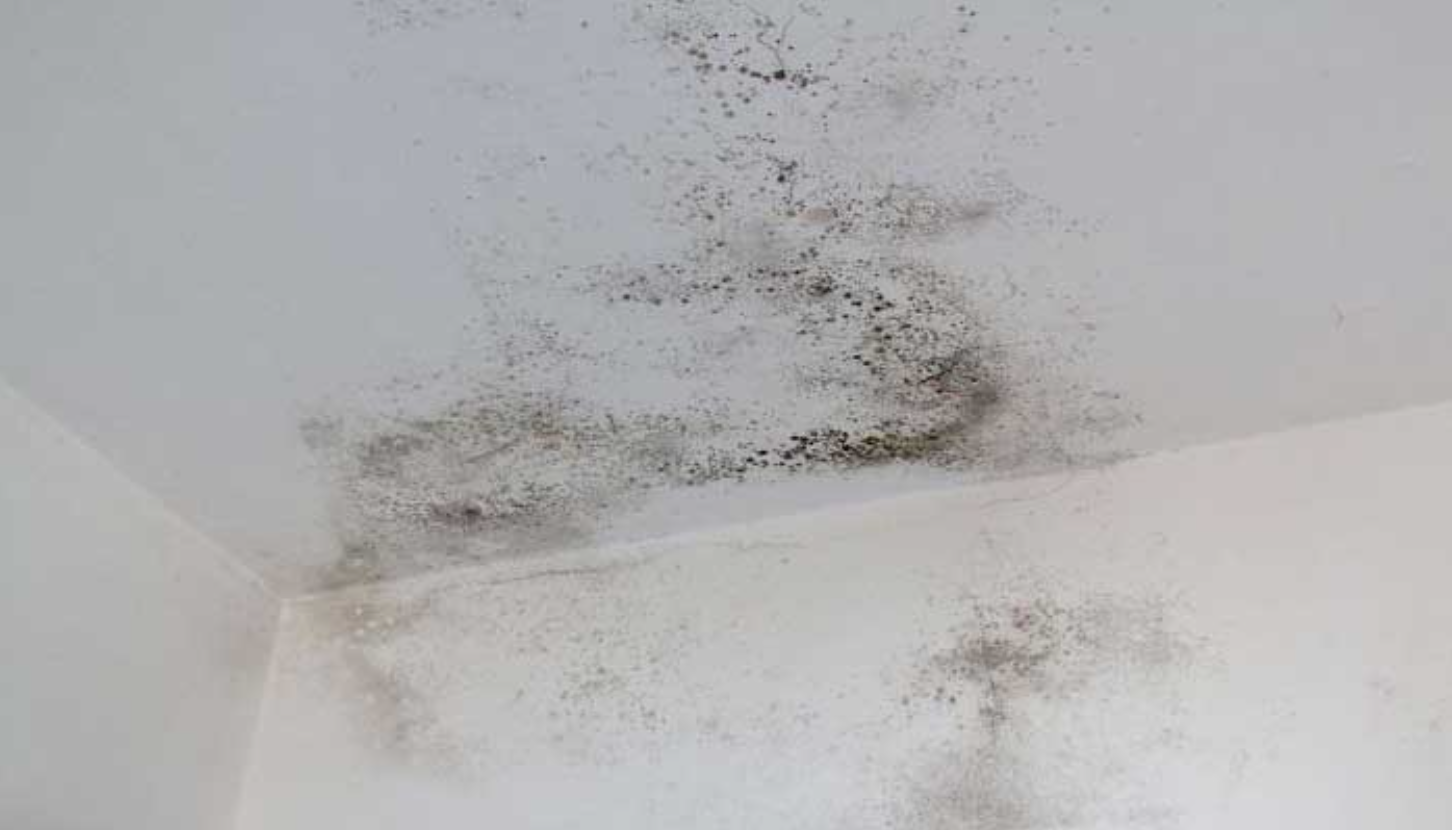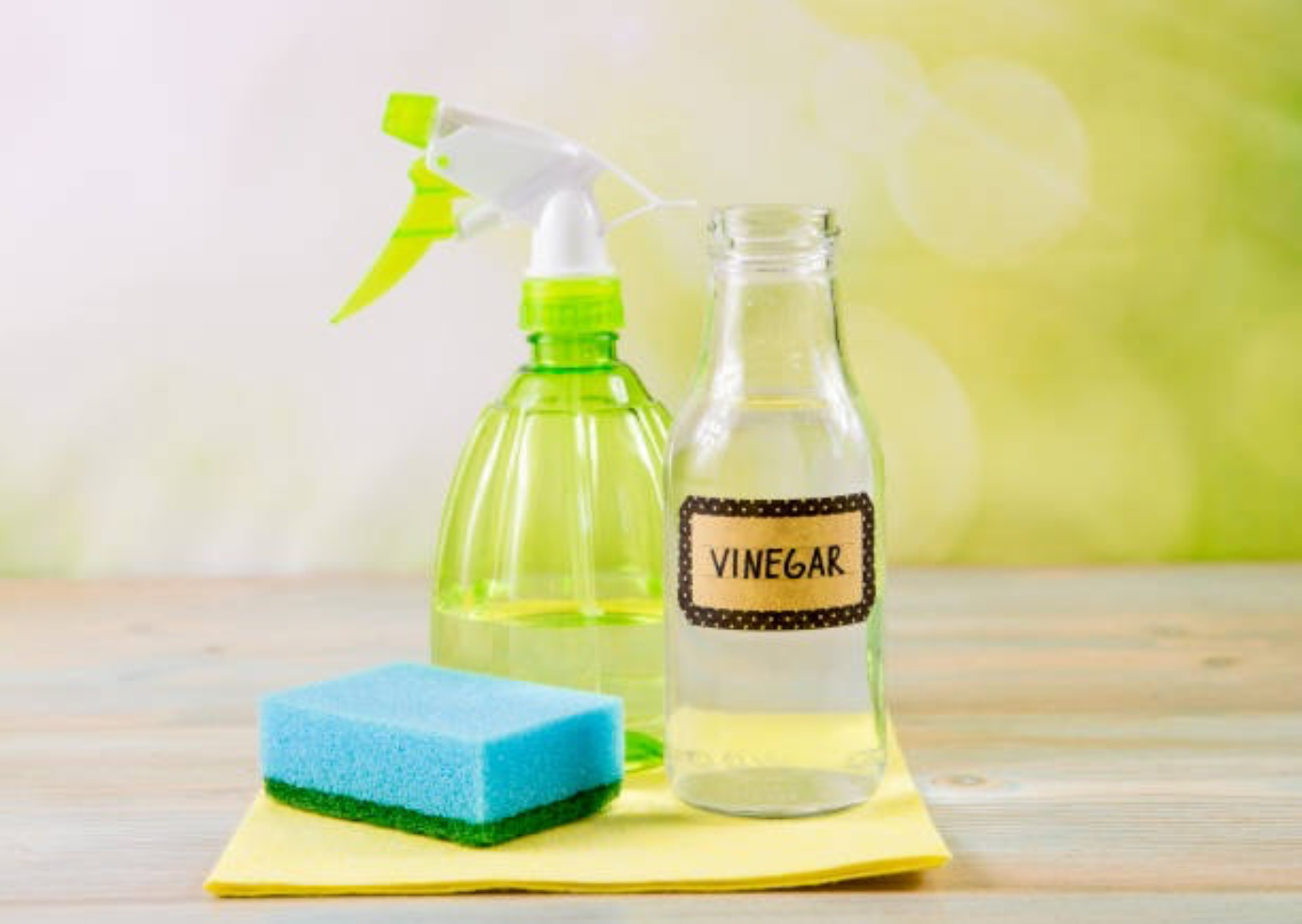When mould spreads and adheres to your furniture and clothing, it can cause irreversible damage, leaving you with ruined belongings and potentially posing health hazards. If you are seeking ways to prevent mould or find effective solutions to eliminate it, this guide will offer you the information you need to maintain a mould-free environment for your wardrobe.
You want a wardrobe that looks like this:

NOT like this:

Before we move on to provide you with the best solutions to prevent mould and remove it if it has already invaded your space, let’s briefly discuss what mould is, exactly – just to make sure you’re targeting the right problem.
What Is Mould In?
Mould is a type of fungi that thrives in damp and poorly ventilated areas. It is often accompanied by a musty odour. Mould is typically soft or has a “furry” texture when touched, and it can manifest in various colours, with black, grey, or green being the most common, depending on factors like humidity levels and exposure to light. This fungus reproduces rapidly through the production of spores and can become a significant problem if it is not addressed with a proper solution.
Why Is It Important That Mould Is Removed?
The spores that combine to make mould can become a serious health hazard. According to the World Health Organisation, they can be responsible for mild ailments such as allergies and headaches to more serious problems such as asthma and bleeding in the lungs.
Mould can also have destructive effects on the contents of a wardrobe, leading to damage to clothes, accessories, and other personal belongings. This damage can be challenging, if not impossible, to reverse or remedy.

What Causes Mould In Wardrobes?
Mould can only appear and grow when there is moisture in an environment. This means that for mould to spread in a wardrobe, it needs to be exposed to high humidity or a water leak.
The 3 most common ways moisture and mould can infiltrate your wardrobe include:
Wardrobes that are positioned against walls can be vulnerable to the impact of leaking pipes within those walls. Even a minor leak can produce enough moisture for mould to thrive and cause issues within the wardrobe. It’s important to be vigilant about potential leaks to prevent mould growth.
Leaks in the roof or attic, as well as humidity that infiltrates from above, can trigger mould growth. When mould starts to develop overhead, it can penetrate the wood of your wardrobe and spread to the contents inside, potentially causing extensive damage to your belongings.
Living in an area with high humidity can make your wardrobe more susceptible to mould, particularly if ventilation is inadequate. High humidity levels create an environment conducive to mould growth, making it important to take preventative measures in such regions.
How to Remove Mould from Your Wardrobe
The initial step in dealing with mould is to address the underlying cause. Identify the source of moisture and take measures to prevent it.
The next step is remediation.
Numerous products are available to help you safely and effectively remove mould from your wardrobe. However, it’s essential to be cautious as these chemicals can be harsh and may damage or ruin your clothes if they come into contact with them.
An alternative to using chemicals such as bleach on wooden surfaces is to use white vinegar. This can be applied as follows:
You can create a solution to remove mould residue by mixing one part vinegar with an equal quantity of warm water. This mixture is effective for cleaning up mould.
Dip a cloth into your vinegar and water solution, then wring out the excess liquid so that the cloth is damp but not soaking wet. Use this damp cloth to wipe over the affected surfaces, effectively removing the top layers of mould.
After removing the top layers of mould, it’s crucial to eliminate any live spores that may have infiltrated the wood. You can achieve this by applying pure white vinegar to the affected area and allowing it to air dry naturally. This helps to kill off any remaining mould spores.
After allowing the vinegar time to work on the mould, you can rinse the treated area with cold water and then dry it thoroughly using a towel. This process helps to remove any residual vinegar and mould residue.

White vinegar mixed with water is a safe and effective way to remove mould
How can you get mould out of clothing?
If the mould in your wardrobe has already spread to your clothes, then you can try to rectify the damage in 1 of 3 ways:
- Use an old toothbrush to gently scrub the mould off your garment.
- Apply a stain remover to the mould, following the usage instructions of the product accordingly.
- Hand or machine wash the item in a hot water and white vinegar solution.
How Can You Prevent Mould?
Just like in many aspects of life, prevention is often the best course of action. You can avoid mould issues by ensuring that your rooms and wardrobes are adequately ventilated. In regions with high humidity, consider investing in an extractor unit to improve ventilation. Another effective solution is to add additional vent plates to the top and bottom of your wardrobe.
Furthermore, you can reduce the risk of mould by organizing your clothes in a way that maximizes airflow between items. When clothes are tightly packed, poor air circulation can facilitate mould growth and spread. Consider using a wardrobe with multiple separate compartments for storing clothing and accessories, which can aid in better airflow and mould prevention.
As a general rule, once you’ve washed your clothes, avoid putting them away in your wardrobe before they are completely dry. Damp clothes can attract mould, which can then spread to the interior of your wardrobe.
Mould is a common household issue that can be quite troublesome, especially when it affects your clothes and wardrobe. The good news is that it can be easily prevented and addressed by following the advice we’ve shared above.

